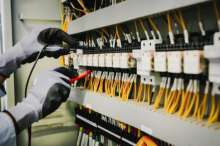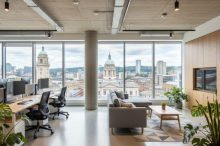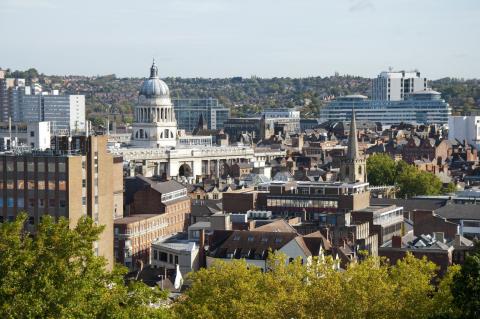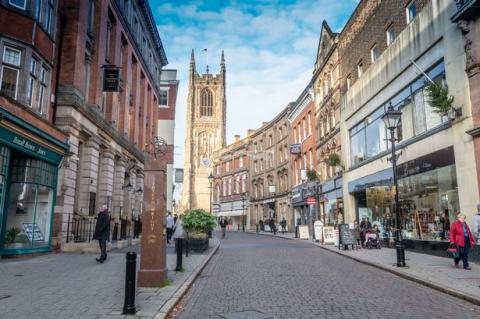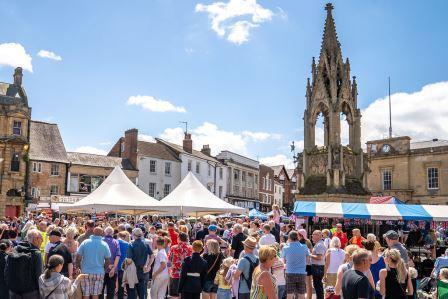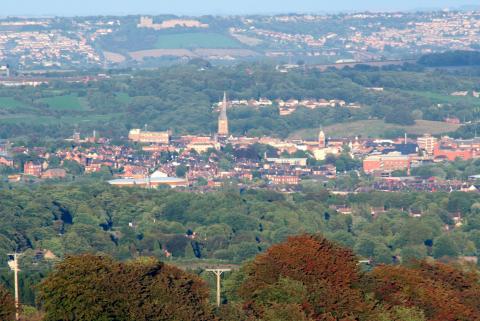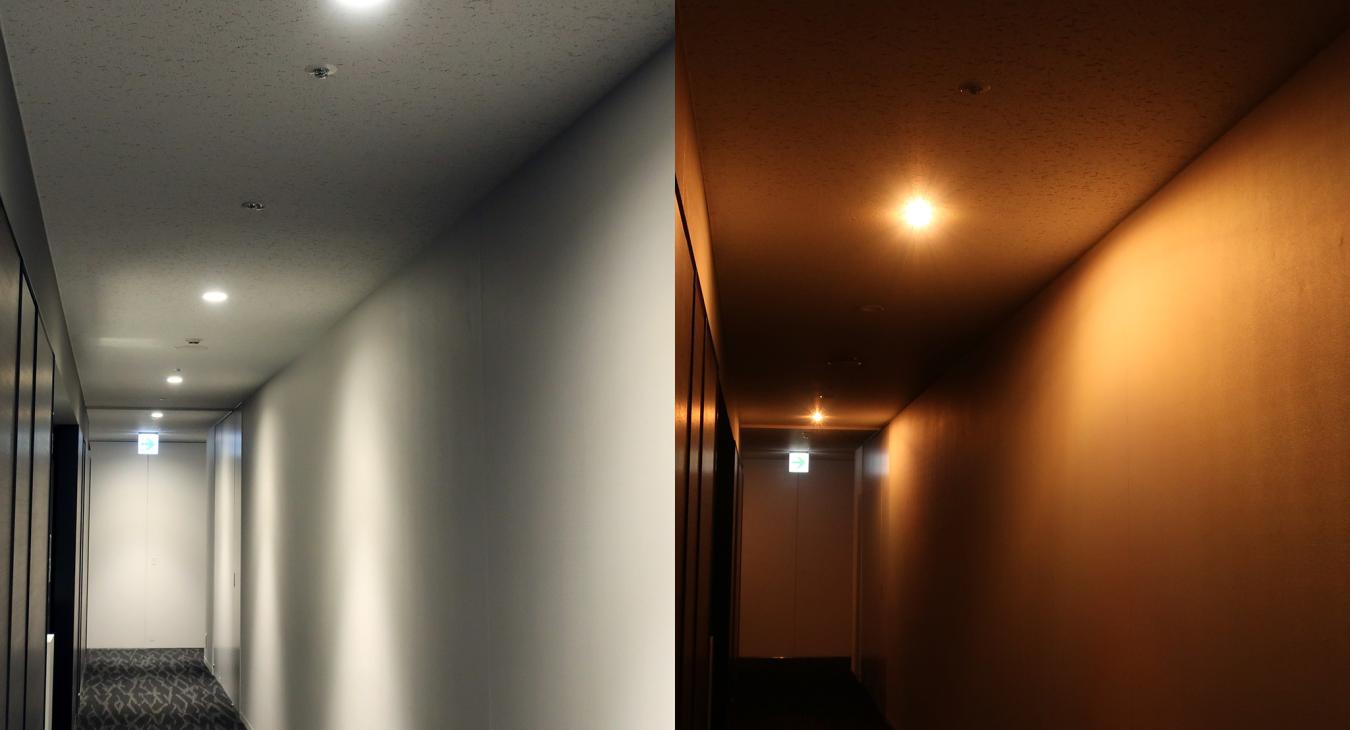
Emergency Lighting is lighting that comes on automatically when the power supply to the normal lighting provision fails.
UK law demands reliable, good quality emergency lighting to ensure that escape routes are properly illuminated so that people can see to get to a place of safety.
The British Standards Institution (BSI) explains that there are two types of emergency lighting:
- Emergency escape lighting
- Standby lighting
The first of these makes up part of the fire safety provision of the building, and is to enable safe exit in the event of the failure of the normal supply.
Standby lighting, however, is the part of the emergency lighting system that enables normal activities to continue in the event of a failure of the normal mains supply. It is not a legal requirement and is a facility that may or may not be needed, depending on the use and occupancy of your premises.
So, from the point of view of fire safety provision, emergency escape lighting installation in Nottingham is the more significant and breaks down into three main areas.
- Escape route lighting (to enable swift and safe evacuation of a building by lighting areas such as stairways and the location of fire-fighting equipment)
- Open area / anti-panic lighting (used in large public buildings such as shopping centres where occupants may not be familiar with the layout of the building to identify and guide them to escape routes, thus minimising panic)
- High risk task area lighting (a specific type of lighting used to ensure the safety of people in a potentially dangerous situation or process that could enable shut-down procedures for the safety of occupants)
Emergency escape lighting can either be “maintained” i.e. on all the time, or “non-maintained” which means it only operates when the normal lighting system fails.
Maintained emergency lighting mode is generally used in large public buildings such as theatres, where the lights may be dimmed when occupied, and the escape lighting prevents total darkness.
Non maintained emergency lighting is the typical mode in a workplace or similar environment where artificial lighting is normally used when the building is occupied.
Such is the importance of Emergency Lighting installation and maintenance in Nottingham, it is now covered by a series of interdependent British and European Standards.
An example is the British Standard (in this case BS 5266-1) which dictates the minimum safe standards for different categories of premises, for example hotels, hospitals, schools, offices, block of flats, shops etc. However, higher standards may also be required for particular installations.
The standard also states that building owners are required to test the emergency lighting systems frequently and ensure that they are properly maintained and in good working order.








